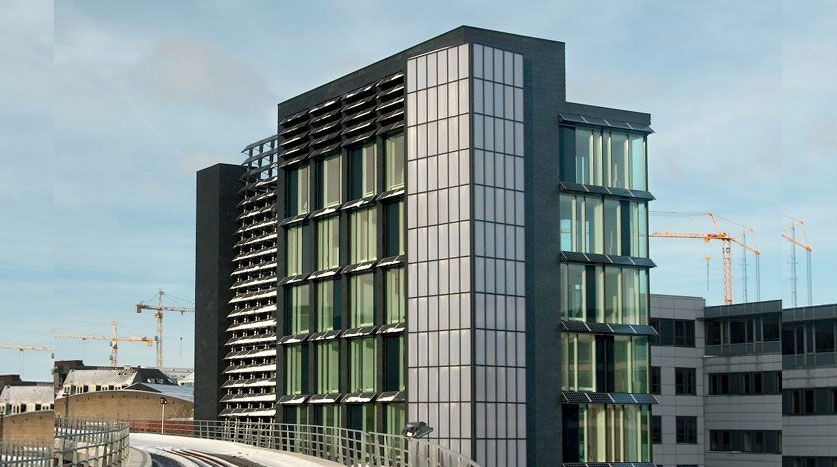
179D Tax Deduction for Commercial Constructions Energy-Efficiency

The 179D Tax Deduction allows building owners or designers to claim a tax deduction for energy-efficient improvements made to commercial buildings. The deduction's objective is to encourage architects of government-owned buildings to use energy-efficient technologies and materials in their designs. This can be utilized by both commercial building owners and professionals such as engineers, architects, and designers who are involved in the construction or renovation of buildings owned by government agencies.
Previously, taxpayers who owned commercial buildings could claim a deduction under Sec. 179D. Taxpayers who design buildings owned by governmental entities may benefit as well, because the governmental entities can allocate the Sec. 179D deduction to the person "primarily responsible" for the design. This provision may thus benefit architects and engineering firms. Government buildings, commercial buildings, residential buildings with four or more stories, non-profit schools and universities, buildings owned by non-profit organizations, and places of worship are all eligible for the tax deduction.
179D tax deduction services involve assisting eligible parties in identifying qualifying energy-efficient improvements, conducting required energy simulations and calculations, and preparing the necessary documentation to claim the deduction. and we are Providing this services our multiple locaiton like Hoffman Estates, Palatine, Arlington Heights, Rolling Meadows, Elk Grove Village, Roselle, Mount Prospect, Des Plaines, Elgin, Barrington, Chicago, Schaumburg.
Before 2023
Qualifying buildings must follow either ASHRAE 90.1-2007 or the standard established two years before the start of construction prior to the 2023 tax year. Be aware that only one tax deduction can be used for each qualified building.
2023 and Beyond
Buildings must comply with either ASHRAE90.1-2007 or the standard approved four years before construction is finished in order to achieve the qualification requirements. Additionally, there are rules for prevailing wages and apprenticeships. Contractors that satisfy these optional conditions can be entitled to compensation that is five times more than their tax deductions.
Buildings constructed between 2006 and 2022 can claim up to $1.80 per square foot for energy-efficient improvements made to the building's envelope, HVAC systems, and lighting systems. Buildings made after 2022 can claim up to $5 per square foot. The deduction can be claimed for new construction, as well as renovations of existing buildings.
179D makes it easier for energy-efficient retrofits of older buildings to qualify for the deduction by lowering applicable requirements. The new provisions also provide an incentive for tax-exempt organizations to make their facilities more energy efficient.
Building-by-building, the new alternative deduction for retrofits added by 179D tax deduction is elective. In this scenario, the building's level of energy efficiency is assessed based on its level of energy consumption rather than its level of energy cost. To calculate the percentage reduction in annual energy use, the building's specific level of energy usage intensity before the retrofit is compared to the building's energy usage intensity after the retrofit. The maximum amount of incentive is set using the same sliding scale that was previously explained.
This option needs a qualified retrofit plan that details the building's changes that are anticipated to lower the building's energy usage intensity by 25% or more. The plan must be validated by a professional, but no governmental body must examine or approve it. This alternative allows the 179D tax deduction to be used one year after the property is put into service, following the completion of a final certification that certifies the percentage decrease in yearly energy usage.
- Looking forward to speak with you.
- Funding Lobby LLC
FAQ's
Designers who receive the government-owned property deduction, such as architects, engineers, or contractors, must additionally list the deduction for the relevant tax year as an item under other expenses. The amount that the Section 179D tax deduction gives is not recognized as gross income by designers.
GET STARTED
Now get a quote for a personal loan online, All you need to do is provide your details below application form.